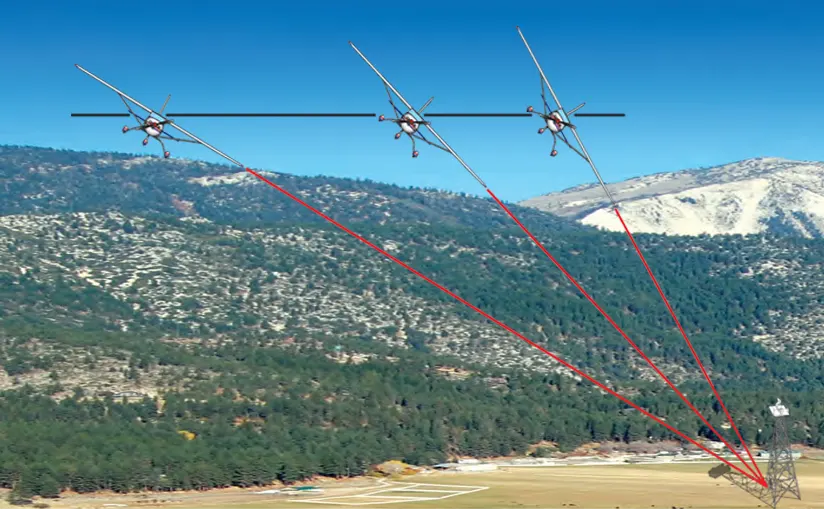
During initial training, pilots learn how various flight control pressure inputs affect the airplane. After achieving a sufficient level of competence, the pilot is ready to apply this skill and maintain the airplane, not only at the correct attitude and power configuration, but also along an appropriate course relative to objects on the ground. This skill is the basis for traffic patterns, survey, photographic, sight-seeing, aerial application (crop dusting), and various other flight profiles requiring specific flightpaths referenced to points on the surface.
Ground reference maneuvers are the principal flight maneuvers that combine the four fundamentals (straight-and-level, turns, climbs, and descents) into a set of integrated skills that the pilot uses in everyday flight activity. From every takeoff to every landing, a pilot exercises these skills to control the airplane. Therefore, a pilot needs to develop the proper coordination, timing, and attention in order to accurately and safely maneuver the airplane with regard to the required attitudes and ground references.
The pilot should be introduced by their instructor to ground reference maneuvers as soon as the pilot shows proficiency in the four fundamentals. Ground reference maneuvers call for manipulation of the flight controls using necessary control pressures to affect the airplane’s attitude and position by using the outside natural horizon and ground-based references with brief periods of scanning the flight instruments.
